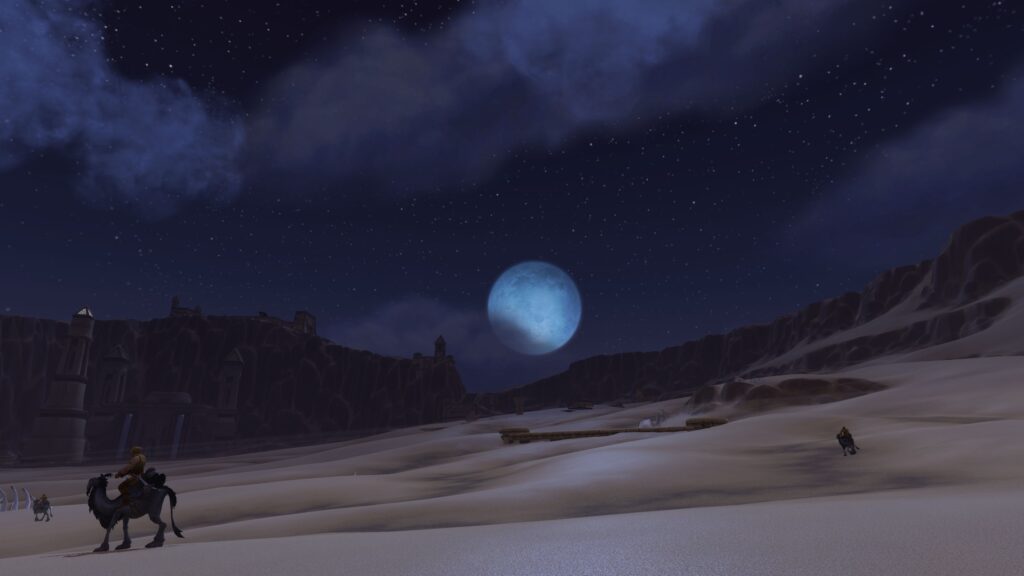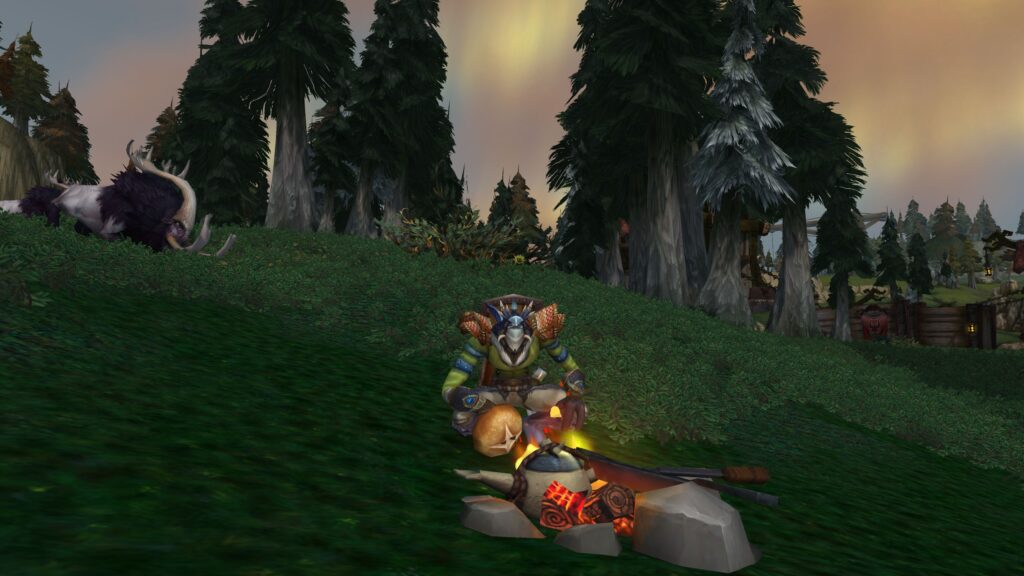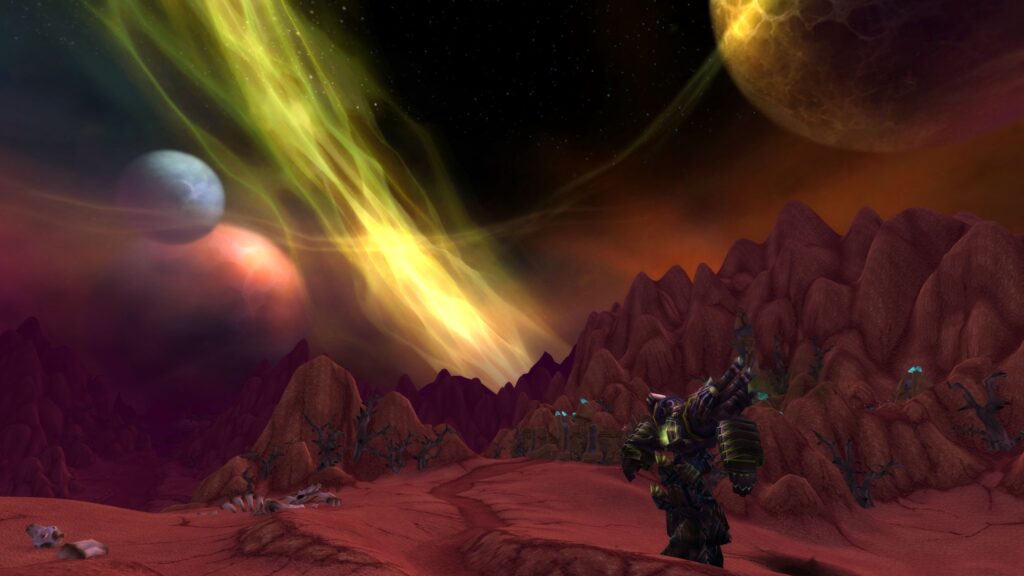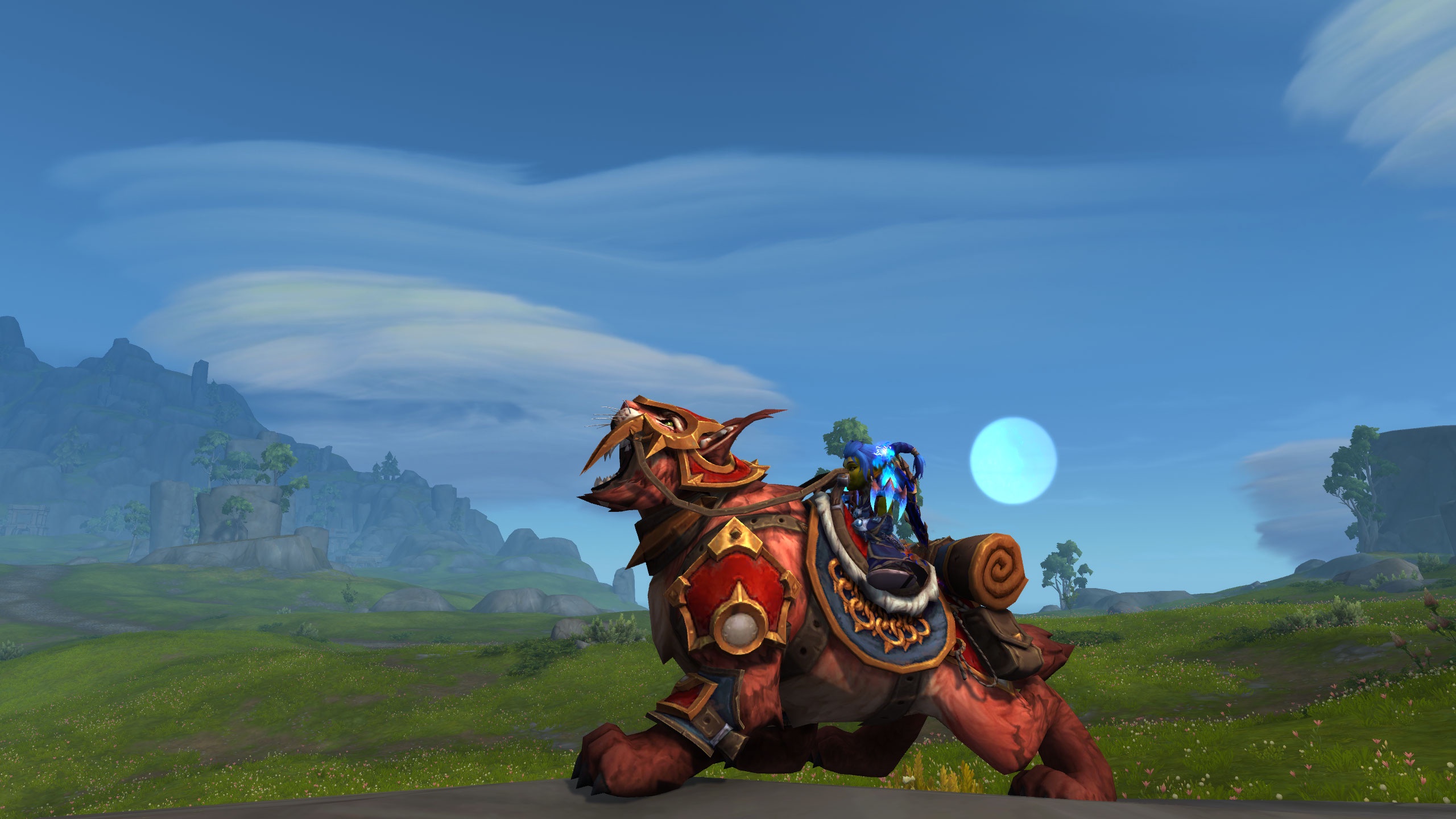World of Warcraft stands as one of the most iconic MMORPGs of all time, and much of its enduring success comes from its ability to evolve. Since its launch in 2004, WoW has continuously expanded its universe, delivering new content, mechanics, and stories that have kept players engaged for nearly two decades. Each expansion represents a chapter in Azeroth’s history, introducing new zones, factions, and challenges while reflecting the changing landscape of online gaming.

Here’s a look at the major expansions that have shaped WoW’s evolution and the impact they’ve had on the world of Azeroth.
The Burning Crusade (2007)
Key Features: Outland zones, Blood Elves and Draenei, flying mounts, heroic dungeons.
The Burning Crusade marked WoW’s first major expansion and set the stage for future updates. Players ventured beyond Azeroth into Outland, a shattered world teeming with new challenges. This expansion introduced flying mounts, raising the stakes for exploration, and debuted two new playable races: the Horde-aligned Blood Elves and the Alliance-aligned Draenei.

With the addition of heroic dungeons, arenas, and the epic raid of Black Temple, The Burning Crusade laid the groundwork for WoW’s long-term success, proving that expansions could offer both compelling new content and innovative gameplay mechanics.
Wrath of the Lich King (2008)
Key Features: Northrend continent, Death Knight hero class, Ulduar and Icecrown Citadel raids.
Widely regarded as one of the most beloved expansions, Wrath of the Lich King brought players face-to-face with one of Warcraft’s most iconic villains, Arthas Menethil. Set in the frozen continent of Northrend, this expansion introduced the Death Knight, WoW’s first hero class, and expanded the level cap to 80.
With memorable zones like Howling Fjord and Grizzly Hills, groundbreaking raids like Ulduar, and the climactic battle at Icecrown Citadel, Wrath cemented itself as a fan favorite. Its rich storytelling and engaging endgame content set a high bar for all future expansions.
Cataclysm (2010)
Key Features: Revamped old world zones, two new races (Worgen and Goblins), level cap raised to 85.
Cataclysm brought a seismic shift to Azeroth, both literally and figuratively. With Deathwing’s catastrophic return, many of the original game’s zones were reshaped, altering questlines and terrain to reflect the devastation. This expansion also introduced two new playable races: the Alliance’s Worgen and the Horde’s Goblins.

By revisiting classic areas and updating them with modern quest design, Cataclysm bridged WoW’s past and present. While it didn’t introduce a new continent, its bold overhaul of the original world demonstrated Blizzard’s willingness to take risks and breathe new life into older content.
Mists of Pandaria (2012)
Key Features: Pandaren race, Monk class, Pandaria continent, focus on exploration and lore.
When Mists of Pandaria was first announced, it sparked controversy due to its seemingly lighter tone and the introduction of the Pandaren. However, the expansion quickly proved that it had much more to offer. With lush, vibrant zones and a focus on exploration, Mists brought a fresh perspective to Azeroth’s ongoing saga.
The Monk class added a new dynamic to gameplay, while the expansion’s emphasis on faction conflict and rich lore helped deepen the story. By the end of Mists of Pandaria, many players had come to appreciate its balance of whimsy and gravity, solidifying its place as a unique chapter in WoW’s history.
Warlords of Draenor (2014)
Key Features: Time-travel narrative, Garrisons, revamped character models.
Warlords of Draenor sent players back in time to an alternate Draenor, home to the Orc clans before their corruption by the Burning Legion. This expansion introduced Garrisons, allowing players to build and manage their own base of operations. It also featured a significant graphical overhaul, updating character models for the first time in WoW’s history.
While Warlords drew criticism for its lack of content updates, its initial launch was praised for its storytelling, visuals, and the engaging leveling experience. The expansion also paved the way for technical improvements that would enhance WoW’s longevity.
Legion (2016)
Key Features: Artifact weapons, Demon Hunter class, Suramar city, mythic keystones.
With the return of the Burning Legion, Legion delivered one of WoW’s most robust expansions. The introduction of the Demon Hunter class offered players a new, highly mobile playstyle, while Artifact weapons provided a sense of personal progression throughout the expansion. The visually stunning city of Suramar set a new standard for immersive quest design, and the mythic keystone system reinvented dungeon content.

Legion also brought back fan-favorite characters like Illidan and tied up long-running storylines, creating a satisfying mix of nostalgia and innovation. It was an expansion that revitalized the player base and set a strong foundation for the future of WoW.
Battle for Azeroth (2018)
Key Features: Kul Tiras and Zandalar continents, Warfronts, Island Expeditions.
Focusing on the conflict between Alliance and Horde, Battle for Azeroth introduced two new continents and a wealth of lore-rich zones. Players were able to ally with new races through Allied Races, further expanding character customization. Warfronts and Island Expeditions provided new ways to engage with PvE content, though these features received mixed feedback from the community.
Despite its controversies, BfA laid the groundwork for more diverse storytelling, as players explored the histories and cultures of Kul Tiras and Zandalar. The expansion’s emphasis on faction identity and world-building helped maintain WoW’s momentum heading into its next chapter.
Shadowlands (2020)
Key Features: The Shadowlands realms, Covenants, Torghast, expanded endgame customization.
Taking players into the afterlife, Shadowlands introduced the Covenant system, allowing players to align with one of four distinct factions and gain unique abilities. Torghast, Tower of the Damned, provided a roguelike-inspired dungeon experience, offering endless replayability and a new type of challenge.
With its ambitious narrative and bold exploration of WoW’s cosmic lore, Shadowlands pushed the boundaries of the game’s storytelling. It also introduced major changes to leveling, making the journey to max level more streamlined and alt-friendly. These innovations helped keep WoW relevant in an increasingly competitive MMO landscape.
Dragonflight (2022)
Key Features: Dragonriding, Dracthyr Evoker class, the Dragon Isles.
Returning to Azeroth’s ancient history, Dragonflight brought players to the Dragon Isles, a long-lost region steeped in dragon lore. The new Dracthyr Evoker class combined magic and mobility in a unique way, while dragonriding transformed traversal into a dynamic, skill-based activity.
Dragonflight reintroduced more open-ended exploration, a renewed focus on talent trees, and a commitment to delivering meaningful content updates. By blending nostalgia with innovation, this expansion aimed to recapture the sense of wonder that first made WoW a phenomenon.
Conclusion: A Continually Evolving World
From the shattered world of Outland to the timeless skies of the Dragon Isles, World of Warcraft has grown and changed in ways few games ever achieve. Each expansion not only expanded Azeroth’s map, but also pushed the boundaries of storytelling, gameplay mechanics, and player engagement.
As WoW continues its journey, the legacy of these expansions reminds us of the game’s incredible scope and the creativity of its developers. With every new chapter, Azeroth remains a living, breathing world, inviting players old and new to explore its ever-expanding horizons.
Home


Leave a Reply